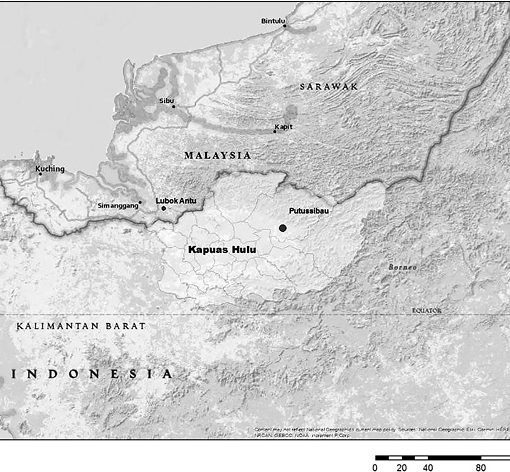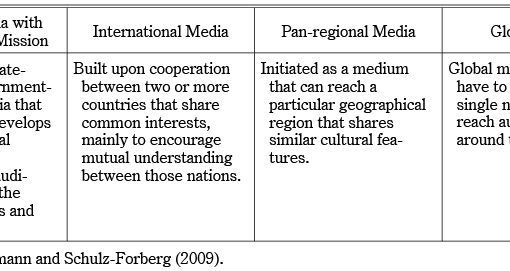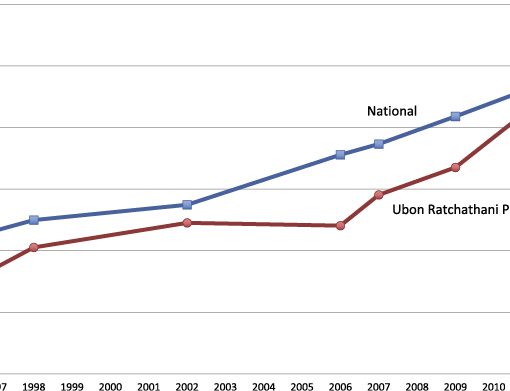Contents>> Vol. 9, No. 3
BOOK REVIEWS

Malay Seals from the Islamic World of Southeast Asia: Content, Form, Context, Catalogue
Annabel Teh Gallop
Singapore: NUS Press, in association with the British Library, 2019.
This beautifully produced book, published by NUS Press in cooperation with the British Library, presents a color-illustrated catalog of 2,168 seals from Muslim Southeast Asia. These are introduced by a set of short essays that present both technical aspects of the region’s sigillography and insights into the ways in which these materials reflect broader dynamics of diplomatic and cultural history. Drawing upon her decades of groundbreaking research in this area, Annabel Teh Gallop brings together an extraordinarily broad and rich body of material to produce a landmark new reference work for the history of Islam and Muslim societies in Southeast Asia.
Gallop defines the scope of her work as “seals from Southeast Asia or used by Southeast Asians, with inscriptions in Arabic script” (p. 55). The qualification at the end is important, as Gallop presents Malay seal inscriptions as “self-consciously Islamic compositions” (p. 23) while at the same time highlighting the diversity of local forms that these markers of Islamic identity have taken in various parts of the region over the past five centuries. This includes the incorporation of Malay and Sanskrit royal titles, the presentation of lotus shapes of animal forms, and the selective appropriation of Islamic talismanic symbols, as well as local adaptations of Persianate forms in Maluku, and of Ottoman models in Aceh and Pahang.
Beyond the formal selection criterion of the employment of Arabic script, moreover, Gallop also at times stretches to a broader conceptualization of the sphere of cultural production so as to be able to include in this publication some remarkable materials that might otherwise remain unknown. These include seals set in the Lampung/Rejang/Kaganga, Batak, Bugis/Makassar lontarak, Javanese and other scripts, including some in Roman script used by Southeast Asian Muslims as well as Arabic-script seals used by European colonial officials operating in the region. Perhaps the most intriguing inclusion of a seal that would otherwise sit outside the formal criteria by which Gallop defines “Malay seals” comes from Banten but is composed entirely in Armenian. We see in such examples a reflection of the rich range of aesthetic expression, as well as the cultural symbolism of local motifs and visualizations of trans-regional connections presented by this distinctive medium for marking authority and claiming ownership.
Gallop presents stimulating interpretations of the ways in which the choice of script, as well as of shape, layout, and ornamentation of particular seals come together to construct “visual icons” that present expressions of identity for their owners as both “Islamic” and “local” (p. 48). She then continues to develop the point through a striking characterization of the ways in which these powerful conceptions of cultural reference combine in the visual icons of Malay seals: “While the content of Malay Seals reveals a conscious attempt to position the seal owner as a member of the ummah, the worldwide community of Muslims, it is in their external form that their inherent Malayness is most strongly evident” (p. 51). It may be argued, however, that while the narrative points to important aspects of the complex dynamics involved in the historical development of vernacular forms of Islam in the region, the image of diverse and imaginative manifestations of local genius contrasted to “normative and Arabizing tendencies” (p. 51) is drawn a little too sharply at times.
The primary source material assembled here includes both matrices and seal impressions that provide examples of seals from nearly all of Muslim Southeast Asia (broadly conceived), including materials from what are today the modern nations of the Philippines, Cambodia, Thailand, and Brunei as well as from across the Malay Peninsula and the Indonesian Archipelago. Chronologically, these seals date from the period of the acceleration of Islamization across the region and the consolidation of major sultanates in the late sixteenth century to the advent of modern sigillographic cultures in the twentieth. This wealth of source material is very well organized and presented, following models for the documentation of historical seals established for European seals in the UK Public Record Office.
The catalog itself presents a comprehensive reference recording each seal with valuable information on the content of inscriptions, onomastics and royal titles, toponyms, dates, religious expressions, talismanic elements, calligraphic style, ornamentation, and images. Each numbered record in the catalog is laid out in a uniform template presenting (where such information is available) the name of the seal holder, a transcription and translation of the inscription, as well as date, shape and size, number of known impressions with citations, bibliography, and notes with further information on its historical context. Each seal is also illustrated with at least one photograph. However, not all of these photographs were taken by the author herself, which is reflected in some places by an inconsistency in the quality of the images. There are also a few problems with glare, especially on images of some of the red wax seal impressions from Banten.
To contextualize the material in the catalog, the preliminary chapters of the book provide rich introductions to the production and usages of the seals, and the historical development of sigillographic traditions in the Malay Muslim world. Beyond the preliminary chapters, each geographically organized chapter of the catalog opens with a short but generally very informative and insightful essay that sets the context for and offers interpretations of a particular local tradition of seal production and use. These essays provide broad historical background on the specific area treated in that section, as well as careful readings of inscriptions and illuminating interpretations of the images and objects presented by particular seal impressions or matrices. We see a great example of this in Gallop’s reading of an 1859/60 seal of Sultan Abdul Jalil Jalaluddin of Siak in which she highlights the ways in which the ambiguous use of the Arabic term al-manṣūr was deployed in the context of Siak’s subjugation to Dutch rule (p. 216). This particular seal not only provides a window to how Malay seals might be approached as historical source material, but also reflects an aspect of an important broader point that Gallop argues at several points in the book about the significant influence of Dutch colonial practice on the ways in which seals came to be used in Indonesia (p. 52). With such perceptive interventions into the cultural history of the region, Gallop’s outstanding work in compiling this book gives us a dynamic framework for contextualizing the specific material presented in this catalog in relation to a complex constellation of cultural interactions involving Europe as well as diverse parts of the Muslim world. Taken as a whole, then, this catalog and the interpretive chapters that frame it provide a valuable new resource for the history of Muslim Southeast Asia that manages to simultaneously supply an immense wealth of new primary source data while also inspiring readers with fascinating details and thought-provoking insights on almost every page.
R. Michael Feener
Center for Southeast Asian Studies, Kyoto University
Associate Member, Faculty of History, Oxford University
DOI: doi.org/10.20495/seas.9.3_467




